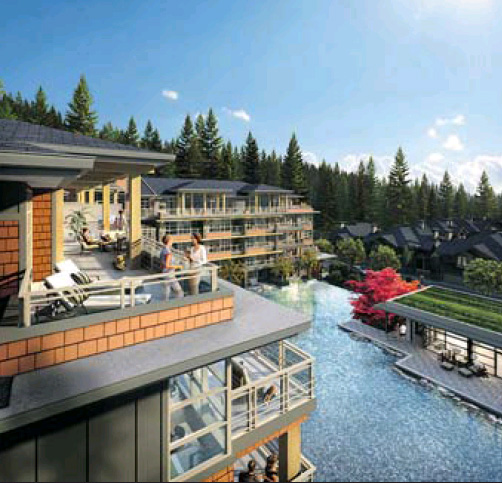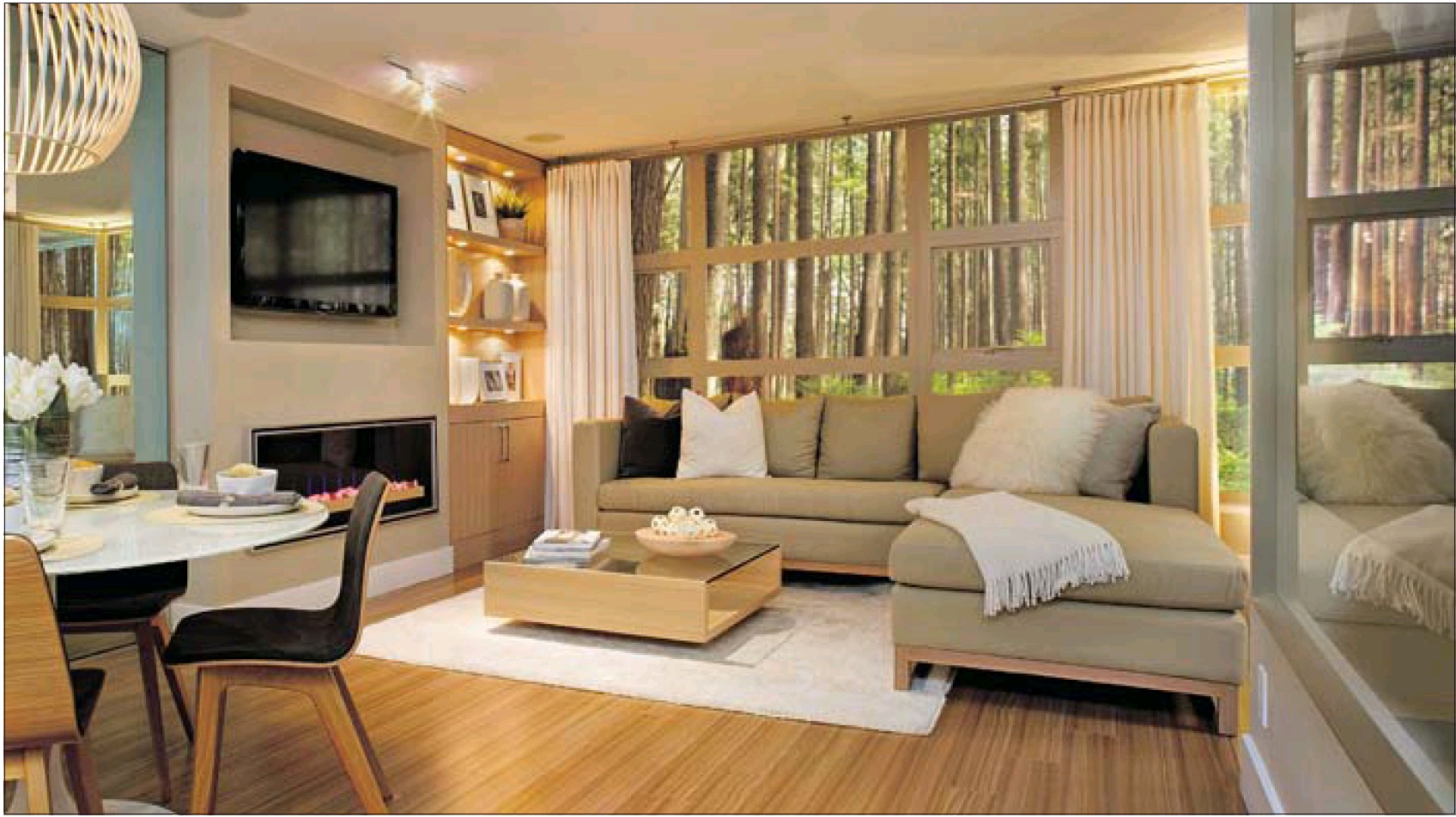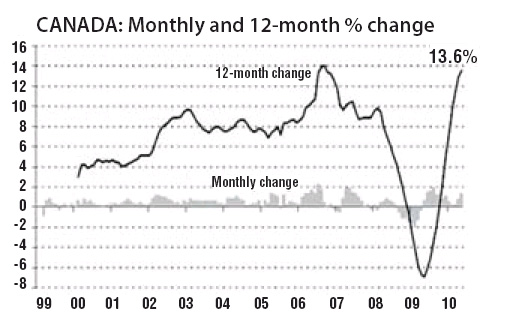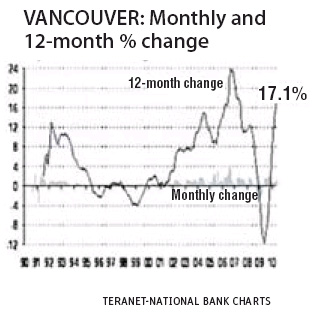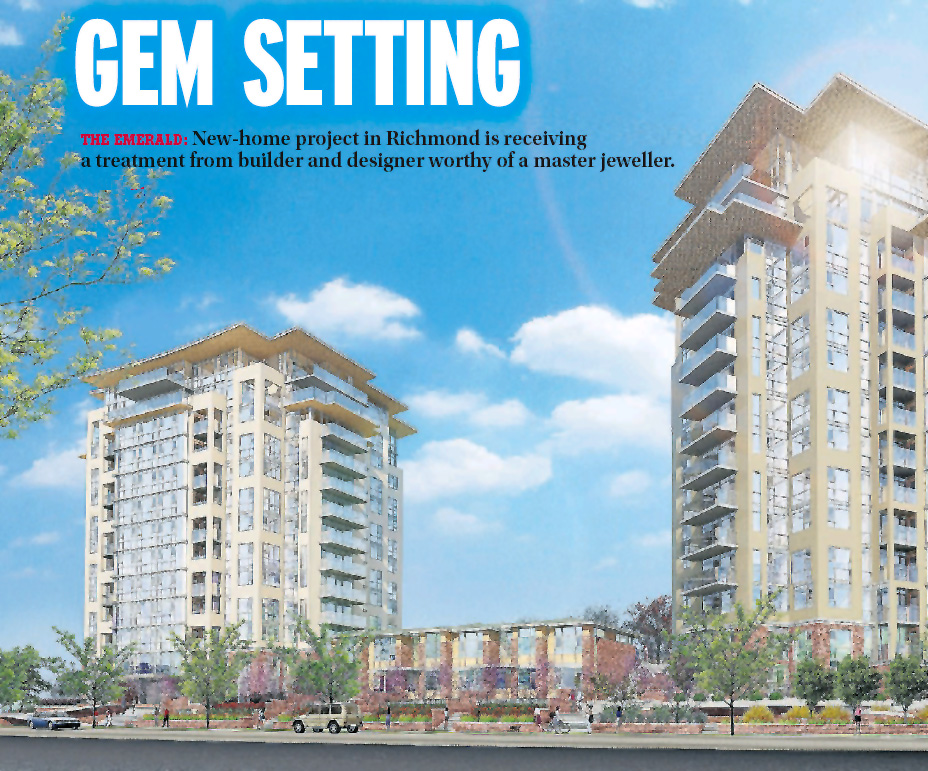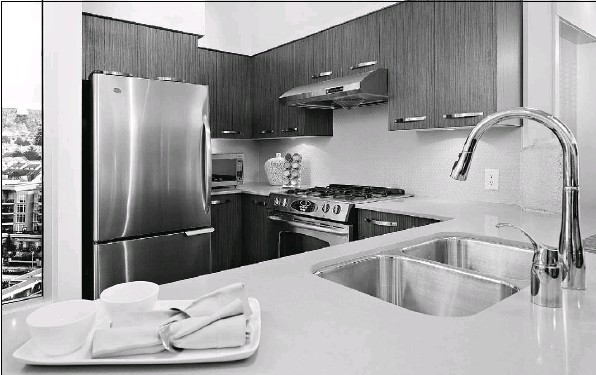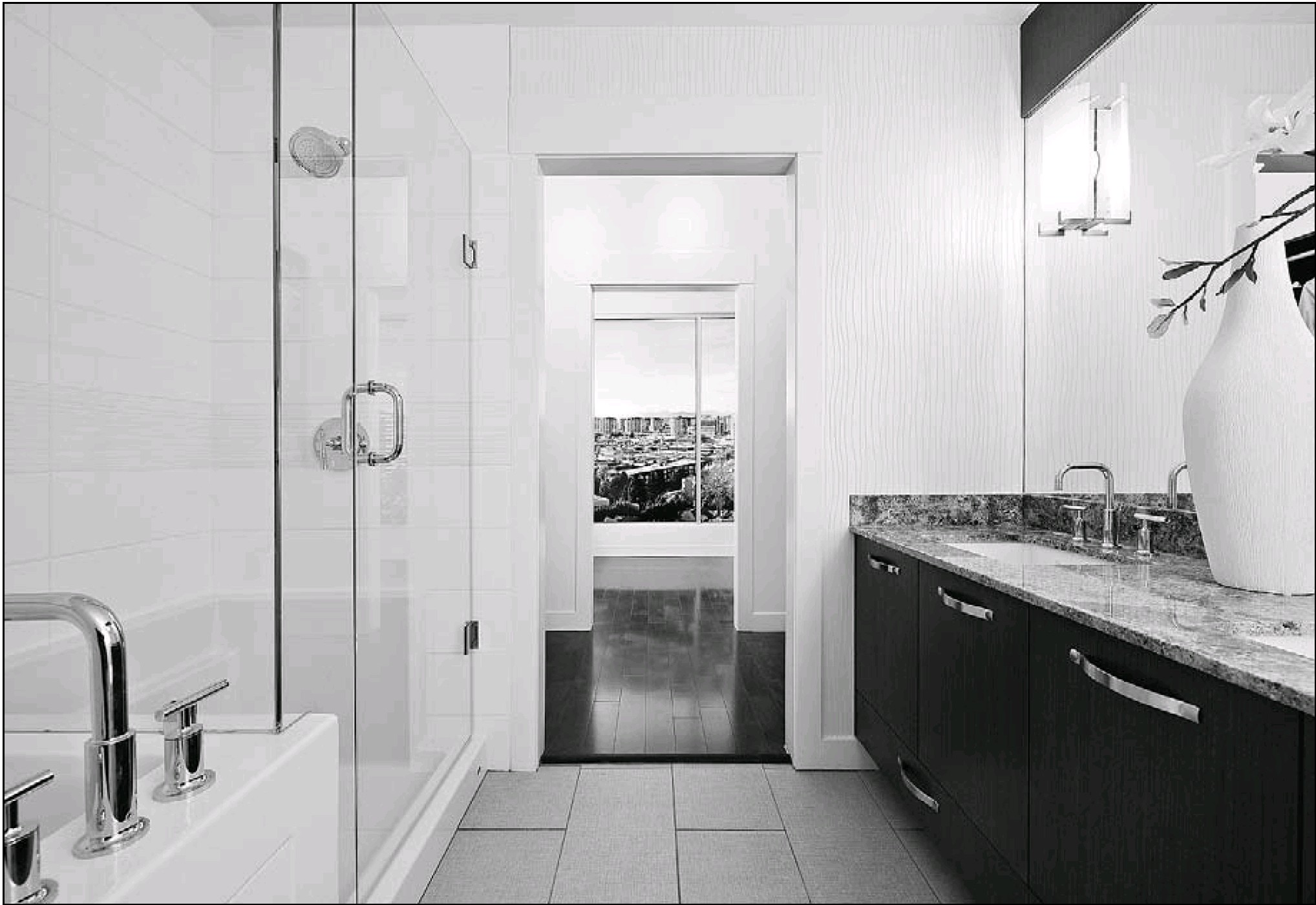View residences on Saanich Inlet are priced to reflect recessionary building expenses
Suzanne Morphet
Sun
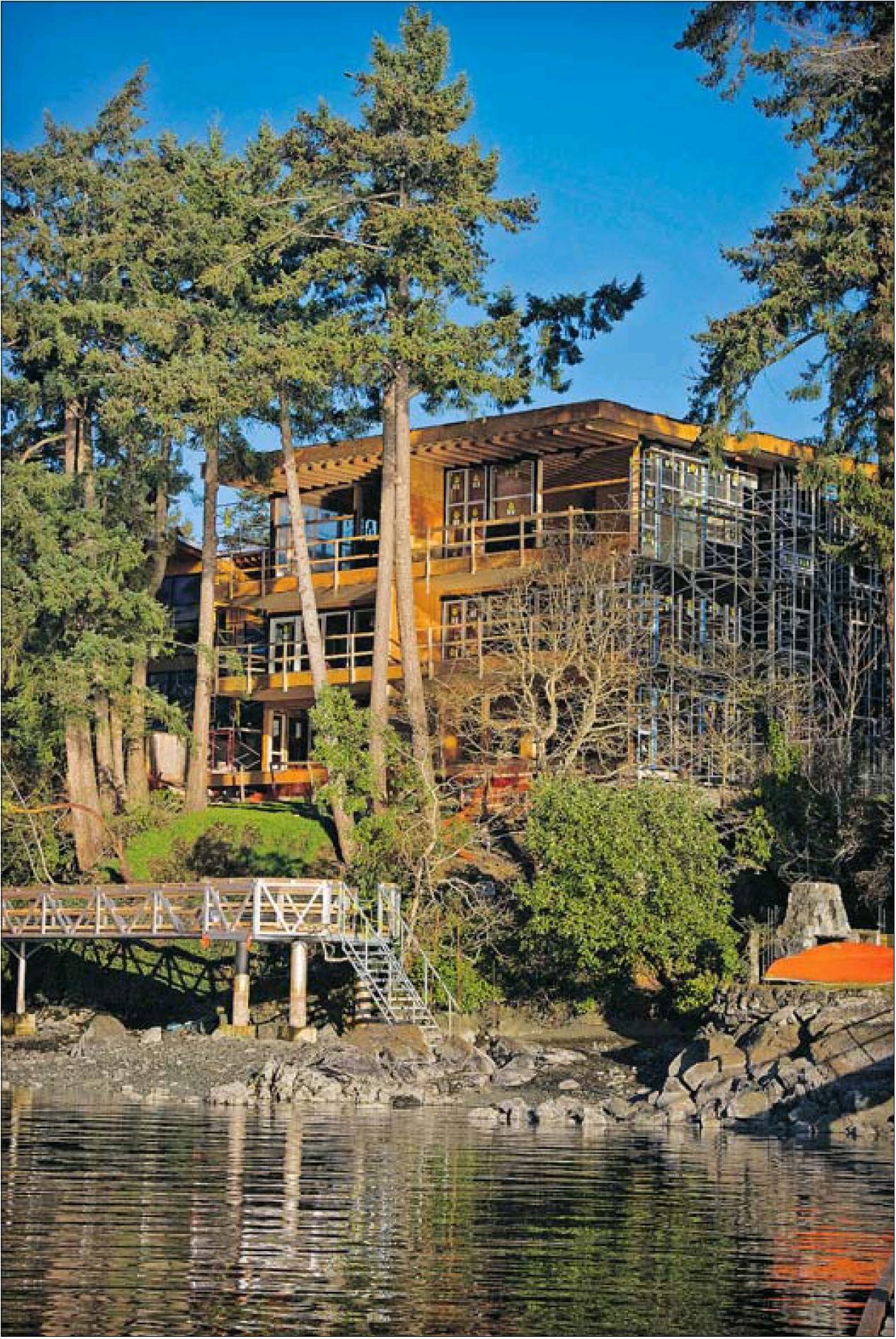
The OceanVillas at Brentwood Bay Resort are distinctive with a more contemporary look. Massive Douglas fir posts and beams anchor the three-storey building, which is clad in cedar siding.
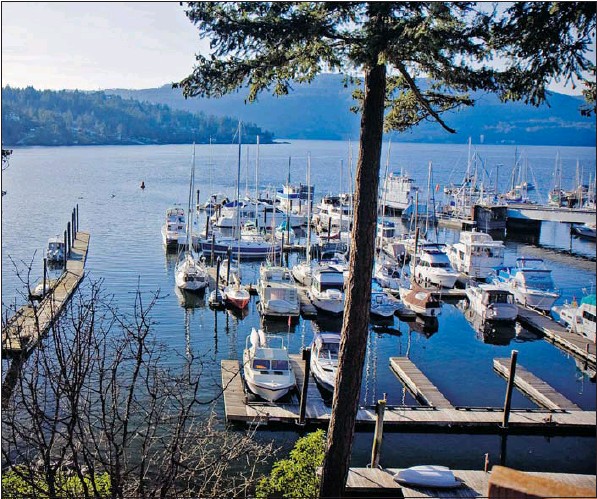
The view from the OceanVillas at Brentwood Bay Resort and the Brentwood Bay Lodge and Spa.
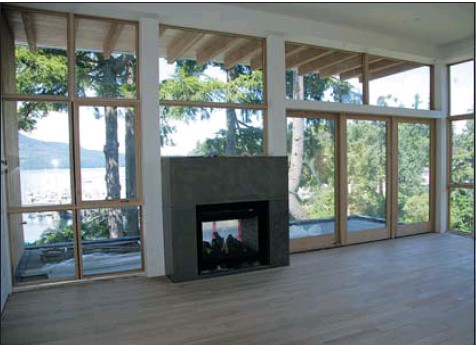
A doublesided fireplace will also warm things up outside on cool days, while making the indoors cosy in winter.
Location: Located on the oceanfront in the quaint seaside village of Brentwood Bay, in the heart of Victoria’s wine country on the Saanich Peninsula. Only 10 minutes to the Victoria International Airport and 20 minutes to downtown Victoria.
Project size/scope: 11,000 square feet, comprised of six luxurious private oceanfront condominium residences next to the five-star award-winning resort and spa development, Brentwood Bay Resort. Each unit is approximately 1,900 square feet with two bedrooms plus a den, west-facing oceanfront with direct deepwater moorage access to Brentwood Bay Marina.
Prices: $899,000 -$1,399,000
Monthly strata fees: $350/ month
Contact: Daniel Behune, developer (250-415-1875;
E-mail: [email protected])
Jim LeBlanc, realtor Sotheby’s International Realty Canada (250-812-7212; E-mail: [email protected])
Website: www.oceanvillas.ca
or
www.brentwoodbayresort.com
Developers: Brentwood Bay Resort
Architect: Ron Lea, Folio Architecture, Vancouver
Interiors: Nygaard Design, Victoria
Occupancy: July 15, 2010
Vancouver Island developer Dan Behune seems to be one savvy guy — or maybe he’s just lucky.
Consider, first, that he was able to find for sale a west-facing oceanfront property on the Saanich Peninsula with a pub licence and commercial zoning in place when he went looking to build a new hotel back in 2001. Any one of those elements is desirable; to find all of them is almost impossible.
Consider, next, that while Behune was constructing what would become the award-winning Brentwood Bay Lodge and Spa, the provincial government allowed pub owners to open private liquor stores. Bingo! Another window of opportunity, albeit a short one — about four months — but one Behune gladly seized: to open a store in Brentwood Bay featuring local wines.
Next, picture this: just as his lodge was establishing its reputation as a luxurious retreat, the property next door became available. Since Behune and his two partners already had a marina out front, it was the perfect place to build some condominiums and expand their holdings.
It was 2008 when they got down to business. The construction market was still hot, but a recession was just around the corner. If you’re thinking that Behune’s good fortune might have ended then, think again.
Instead of pushing ahead with the project when construction costs were at their peak, and then suffering the downturn in the market, Behune backed off and sat tight. Then, last September, when construction companies were again hungry for work, he broke ground.
The result? Six waterfront condominiums that will meet LEED green-building standards for homes, achieving gold and perhaps even platinum. Each is priced $400,000 below the original estimate.
Would-be buyers probably don’t care whether Behune is savvy or lucky — or both. All that matters is that instead of paying between $1.4 million and $1.8 million for a two-bedroom-plus-den condo on the Saanich Inlet, you can buy one for between $900,000 and $1.4 million. In other words, what was once the starting price is now the highest.
The OceanVillas are similar in design to the Brentwood Bay Lodge and Spa. The same architect who designed the lodge — Ron Lea of Folio Architecture — also designed the villas. (In 2005, the cedar and glass Brentwood Bay Lodge and Spa won the Best Commercial Building award on Vancouver Island.)
Though similar to the lodge and connected to its marina by a boardwalk, the villas are distinctive with a more contemporary look. Massive Douglas fir posts and beams anchor the three-storey building, which is clad in cedar siding.
Each condo overlooks the Saanich Inlet, with views to the Malahat mountains beyond. You can watch the sun go down from your 200-square-foot deck or — in more inclement summers — from behind the 12-foot sliding glass doors.
A double-sided fireplace will also warm things up outside on cool days, while making the indoors cosy in winter.
Inside, the condos are spacious and light-filled with natural materials and earthy colours. The kitchen and “great room” have flooring of natural quartersawn wide-plank oak. Cabinets are natural white oak, topped with solid quartzite countertops.
Both bedrooms have ensuite bathrooms, but the master ensuites in each unit are “absolutely stunning,” Behune says. They have a deep soaker tub and a double-sized walk-in shower equipped with full-body jets and a floor-to-ceiling window looking out on the ocean.
For interior designer Sandy Nygaard of Nygaard Interior Design, it’s the “wonderful wall of windows that look out to the incredible view” from the main living area that is the highlight of each condo.
Nygaard, who also did the interiors at the Brentwood Bay Lodge and Spa, adds that “the simplicity of the millwork and other interior details, such as the concrete see-through fireplace, do not take away from this.”
To achieve the LEED gold rating, Behune and his team paid attention to details like the windows and doors, choosing Pella solid wood EnergyStar-rated insulated windows and doors with “Low E” argon gas to reduce ultraviolet rays coming inside by up to 70 per cent.
The hardwood floors are locally made from certified sustainable lumber. As well, all interior paints, adhesives and millwork finishes meet LEED standards as they are low-VOC (volatile organic compounds). All the major appliances are top-of-the-line Jenn Air EnergyStar rated, lighting is energy efficient and bathrooms have low-flow faucet fixtures.
The finishing “green” touch is the roof over the parking garage, which is literally green with native plants.
Speaking of parking, each unit has its own one-car garage, as well as an outdoor parking spot. Owners one floor up or down from the main level can access their homes via stairs or elevator.
No doubt a big part of the attraction for prospective owners is the marina and the possibility of tying up a boat not just within walking distance, but within sight.
Behune has recently received approval from the B.C. and municipal governments to expand his foreshore lease, so in addition to slips for hotel guests arriving by boat, there’s room for each condo owner to have a boat.
The boat slip isn’t included in the purchase price, so if buyers don’t own a boat, they don’t pay for the space.
“We’re going to make it flexible, pay as you play, if you want to have a boat here, we’ll let you and set it up for whatever size you want,” Behune says, adding, “There’s room for six 70-foot boats.”
Those who don’t own a boat will be able to join the marina’s “paddle club” for a small fee.
“We have kayaks, canoes, and paddleboards, all kinds of water toys and we’ll give them access to all that,” Behune says.
Owners will also have complimentary access to the fitness club in the lodge and can pay an annual fee to join the spa with its outdoor pool and hot tub.
You might think the monthly condo fees for a place with so many amenities would be high, but they’re a relatively low $350 per month.
“It’s amazing for a million-dollar-plus condo, to have such low condo fees,” concedes Behune, who says this is because there’s very little common area, little landscaping, and the extra amenities like the pool are taken care of by the hotel.
Behune and his partners didn’t do pre-sales, confident the condos would sell once seen. One of the six was purchased by a retired Calgary couple in the first couple of weeks they were on the market.
Suzanne Morphet is a freelance writer and co-author of the Vancouver Island Book of Everything.
© Copyright (c) The Vancouver Sun




